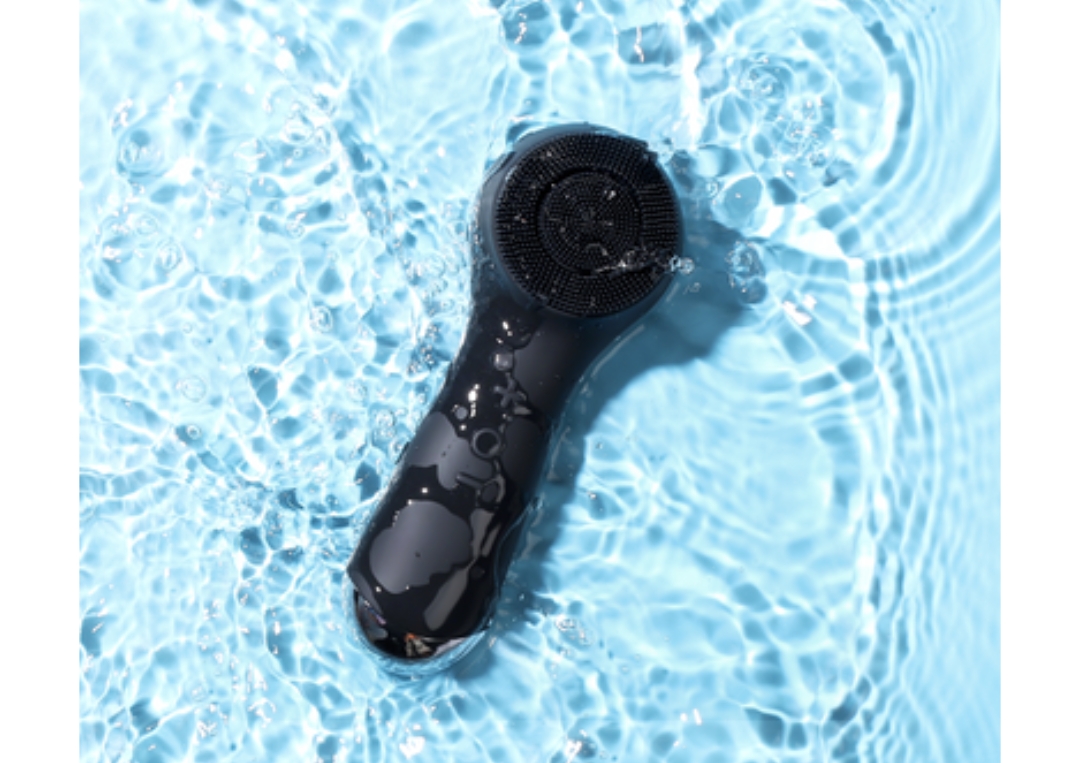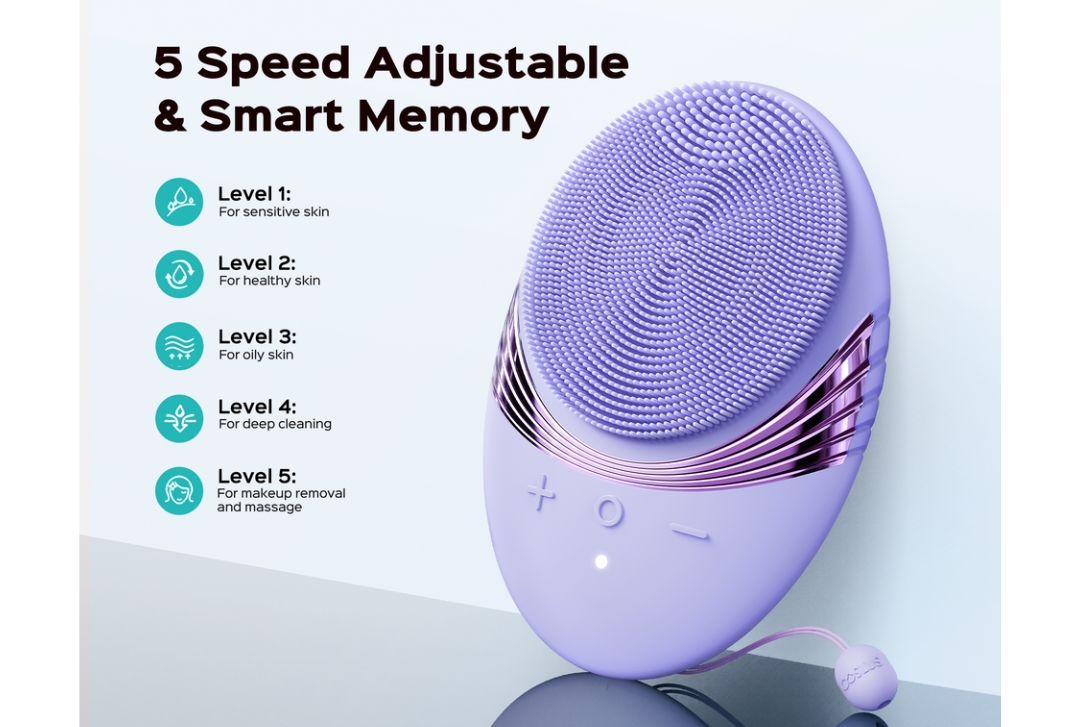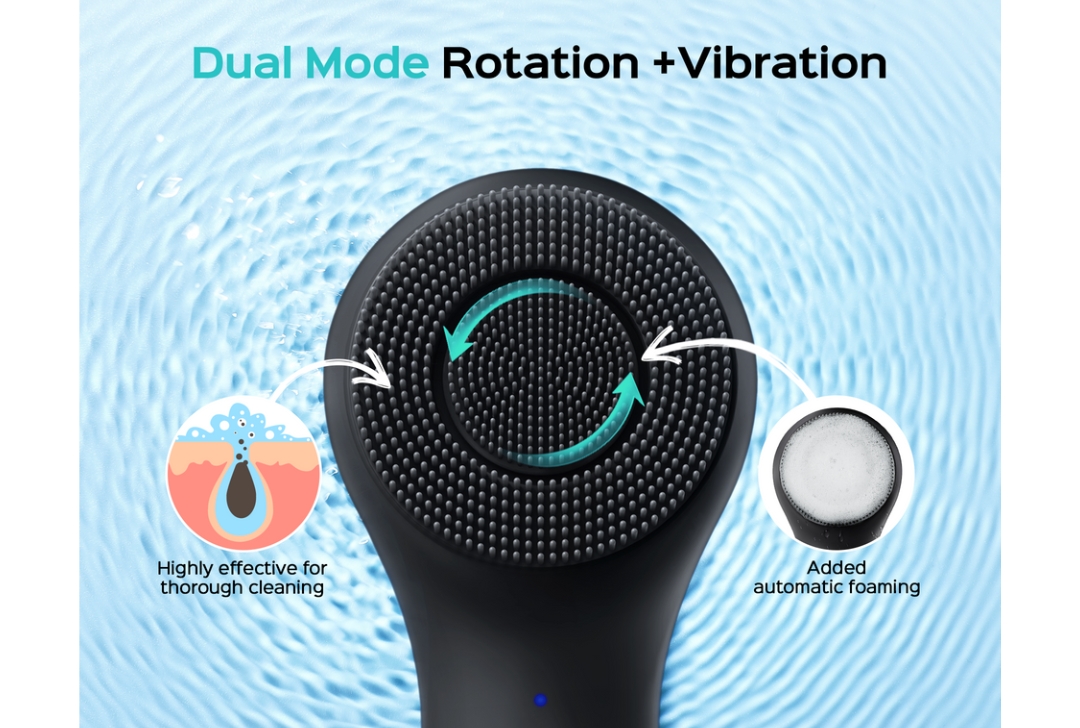When it comes to skincare routines, portable facial cleansers promise professional-grade results at home. However, many users find themselves dealing with unexpected skin irritation, redness, and sensitivity instead of the promised glowing complexion. The truth is, these innovative devices can become your skin’s worst enemy when not used correctly. From aggressive scrubbing that compromises your skin barrier to harboring harmful bacteria due to improper maintenance, the pitfalls are numerous and often subtle. Whether you’re new to facial cleansing brush or have been using them for years, understanding these common mistakes is crucial for achieving optimal results. In this guide, we’ll explore the most frequent errors that compromise your skin health and provide practical solutions to transform your cleansing routine from potentially harmful to consistently beneficial.
Why Silicone Facial Brushes Outperform Traditional Options
The evolution of facial cleansing technology has led to a clear winner in the battle between silicone and traditional bristle brushes. Silicone brushes have revolutionized skincare routines by offering superior hygiene benefits that traditional bristles simply cannot match. The non-porous nature of medical-grade silicone prevents bacteria buildup, while bristle brushes can become breeding grounds for harmful microorganisms even with regular cleaning. This fundamental difference makes silicone brushes particularly valuable for maintaining clear, healthy skin.

Beyond hygiene, silicone brushes excel in gentle yet effective cleansing. Their soft, flexible touch points provide precise control over the cleaning pressure, allowing for thorough pore cleansing without the micro-tears often caused by bristle brushes. The unique design of silicone nodules creates a massaging effect that enhances blood circulation while lifting away impurities, dead skin cells, and excess oil.
For those with sensitive skin, silicone brushes prove especially beneficial due to their hypoallergenic properties. Unlike traditional bristles that can trigger reactions or aggravate existing skin conditions, silicone remains inert and non-irritating. The material’s durability and quick-drying properties also make these brushes ideal for travel, requiring minimal maintenance while delivering consistent performance in any environment. Their compact design and resistance to environmental factors ensure they maintain their effectiveness whether used at home or on the go.
Top 5 Mistakes That Damage Your Skin (And How to Fix Them)
Over-Exfoliation: The Subtle Saboteur
The most insidious damage often comes from overusing your facial cleansing device. Signs of over-exfoliation include persistent redness, unusual skin tightness, and increased sensitivity to products. Those with oily skin should limit usage to 2-3 times weekly, while sensitive skin types should stick to once weekly, always using the lowest power setting initially.
Pressure Problems: When Firm Becomes Harmful
Let the device do the work – pressing harder won’t improve results. Test proper pressure by placing the brush against your inner arm; you should feel gentle massage-like contact without any discomfort. Hold the device at a 45-degree angle and use light, circular motions without applying additional pressure.

Cleanser Compatibility Blunders
Never combine your cleansing device with harsh physical scrubs or chemical exfoliants like glycolic acid. Instead, opt for gentle, pH-balanced gel or cream cleansers. Look for formulations specifically labeled as “gentle” or “for sensitive skin” that maintain a pH between 5.0 and 5.5.
Neglecting Brush Hygiene
Dirty brushes can harbor harmful bacteria that cause breakouts and infections. Clean your device after each use with mild soap and water, ensuring thorough drying in a well-ventilated area. Consider investing in a UV sanitizing case for optimal hygiene, especially if you travel frequently.

One-Size-Fits-All Approach Failures
Your skin’s needs change with seasons, stress levels, and hormonal fluctuations. Regularly assess your skin’s condition and adjust usage accordingly. Skip the device entirely during active breakouts or severe sensitivity periods. Those with rosacea should consult a dermatologist before incorporating any mechanical cleansing tools into their routine.
Power Cleansing Brushes: Maximizing Effectiveness Step-By-Step
Creating an effective cleansing routine starts before you even turn on your device. Begin by removing surface makeup with a gentle makeup remover or micellar water to prevent pushing cosmetics deeper into your pores. Dampen your face with lukewarm water, as hot water can trigger sensitivity when combined with mechanical cleansing.

Apply a quarter-sized amount of your chosen cleanser directly to damp skin rather than the brush head, distributing it evenly across your face in six zones: forehead, nose, chin, and both cheeks. COSLUS’s advanced silicone brushes are particularly effective when used with gentle, pH-balanced cleansers, ensuring optimal cleansing without irritation. Start with the forehead using upward strokes for 20 seconds, then move to the nose area for 20 seconds using gentle circular motions to target enlarged pores. Spend 15 seconds on each cheek using outward strokes, and finish with 20 seconds on the chin area using upward movements.
Post-cleansing care is crucial for maintaining results. Immediately after use, apply a cooling gel or essence to calm the skin and reduce any potential redness. Lock in moisture within 60 seconds of cleansing using a hydrating serum followed by a barrier-supporting moisturizer. This timing is critical as damp skin absorbs products more effectively. For optimal results, perform this routine in the evening when skin naturally enters its repair cycle, allowing for maximum benefits from both the cleansing and subsequent skincare products.
Choosing Your Ideal Portable Facial Cleanser
Selecting the right portable facial cleanser requires careful consideration of several key factors that directly impact your skincare success. Battery performance should be your first consideration, with rechargeable devices offering at least 30-60 uses per charge being ideal for consistent routines. Look for models featuring USB-C quick charging capabilities that can deliver a full charge within 2-3 hours, ensuring your device is ready when needed.
Water resistance is crucial for safe operation and longevity. Opt for devices with a minimum IPX7 rating, allowing for complete submersion up to 1 meter deep. This ensures worry-free use in the shower and thorough cleaning capabilities. The most reliable models offer IPX8 certification for enhanced protection against water damage.
When evaluating brush head options, prioritize devices offering at least three interchangeable heads for different skin concerns. The base package should include a gentle daily cleansing head, a deep-pore cleansing option, and an ultra-soft sensitive skin attachment. Premium models often include specialized heads for mature skin or targeted treatments. Consider whether replacement heads are readily available and reasonably priced for long-term maintenance.
Maximizing Your Facial Cleansing Results
While portable facial cleansers offer remarkable benefits for skin health, their effectiveness hinges entirely on proper usage and maintenance. The most common pitfalls – from aggressive over-exfoliation to inadequate device cleaning – can be easily avoided through mindful application and regular care. By maintaining appropriate pressure, respecting your skin’s unique needs, and following proper cleansing protocols, these devices become powerful allies in your skincare journey. Remember that consistency in gentle treatment often yields better results than aggressive, sporadic use. Whether you’re using a silicone brush or a power cleansing device, success lies in understanding your skin’s responses and adjusting accordingly. With the knowledge and techniques outlined in this guide, you can transform your cleansing routine from potentially problematic to consistently rewarding, achieving the glowing, healthy complexion these devices promise.



























